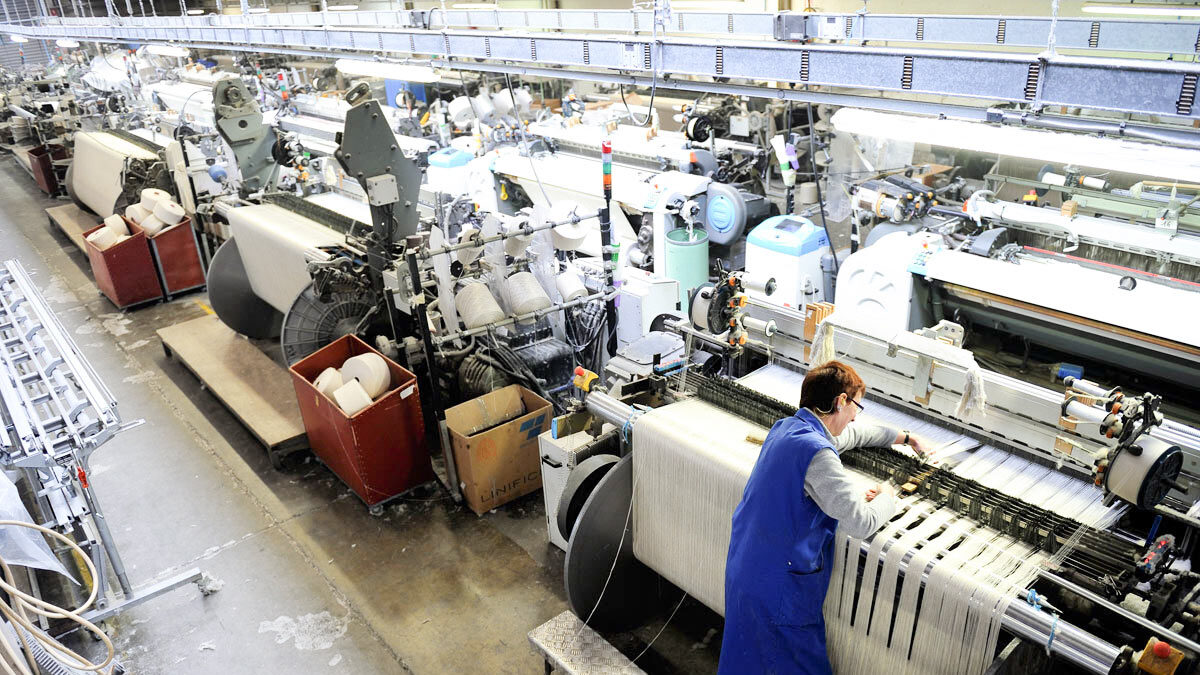The Argentine industry shows clear signs of recovery, but is still 10% down compared to 2023.


Argentine industry showed signs of recovery in May, with a monthly increase of 2.2% and a year-over-year increase of 5.8% . This is indicated by the latest data from the Center for Political and Economic Studies ( CEPEC ), which indicates that the manufacturing sector had a positive first half of the year.
Added to this is the report from the Argentine Industrial Union (UIA) , which in April recorded a year-over-year improvement of 8.5%. However, the recovery is not enough to erase the decline accumulated during 2024, when the Libertarian government implemented a profound adjustment to curb the inflation inherited from Kirchnerism.
The potential transfer of the dollar's rise to prices is beginning to worry the market.
At @forbesargentina , @gzcasti asked us to analyze what might happen to inflation after the dollar rises and how the market reacts: https://t.co/coRdquU0Z5
Daniel Schteingart , Director of Productive Planning at Fundar, explained that " although the economy is rebounding, the industry is still 10% down compared to 2023. " According to the expert, this is due to the sharp increase in imports following the appreciation of the peso and trade liberalization.
This phenomenon redirected consumption toward imported goods, weakening domestic production. Schteingart points out that imports as a percentage of GDP are at their highest level since 1980. Thus, while some industrial sectors are resisting, others are facing a severe crisis.
Sectors such as construction materials, footwear, tires, and electronics saw declines of up to 15%. In contrast, food remained stable, and tobacco even showed growth. Those most affected, according to Fundar, are those most dependent on the domestic market and vulnerable to external competition.
The decline in construction materials is a direct result of the slowdown in public works and the rising cost per square meter in dollars. In other sectors, the trade opening had an immediate impact, which the government believes is part of a productive "cleansing" plan.
Since Javier Milei took office, the industry has lost 31,000 formal jobs, equivalent to 3% of the total. In addition, approximately 1,500 companies, mostly SMEs, have closed. The Libertarian administration does not deny this data, but interprets it as part of a necessary restructuring to achieve genuine competitiveness.
The official view is that Argentina should focus on sectors where it has real advantages, abandon artificial schemes sustained by subsidies, and allow the exchange rate to adjust to market forces.
Direct industrial employment linked to traditional and agro-industrial industries amounts to one million workers. Of these, only 395,000 have formal employment, highlighting a strong informal economy and a strong presence of self-employed workers. Furthermore, almost 40% of total employment is female, although the proportion drops to 21% when only registered employment is measured.
Formal wages in the sector are in line with the industrial average. However, limited female participation and persistent informality pose long-term challenges in a country trying to reconfigure its productive matrix.
elintransigente





